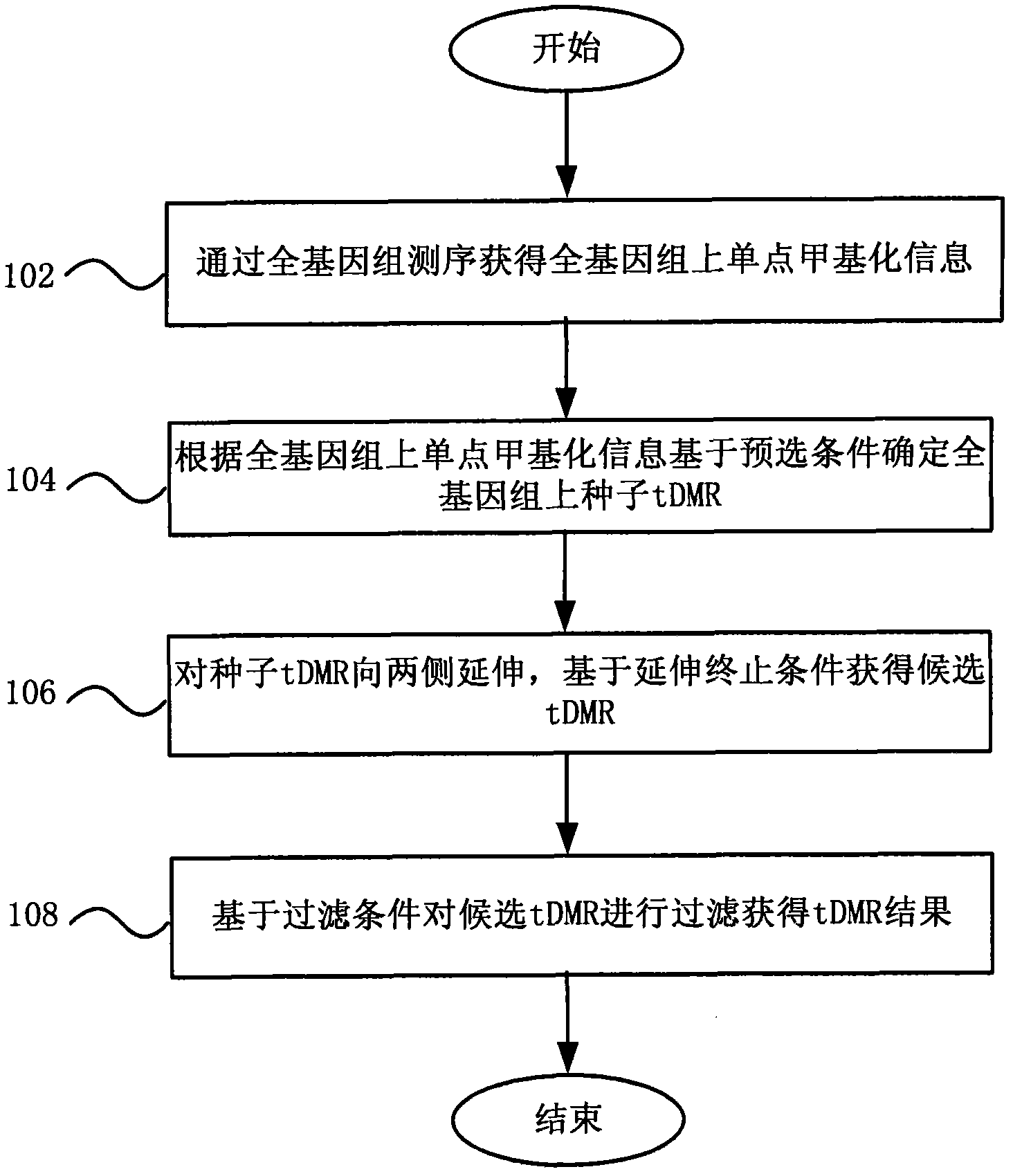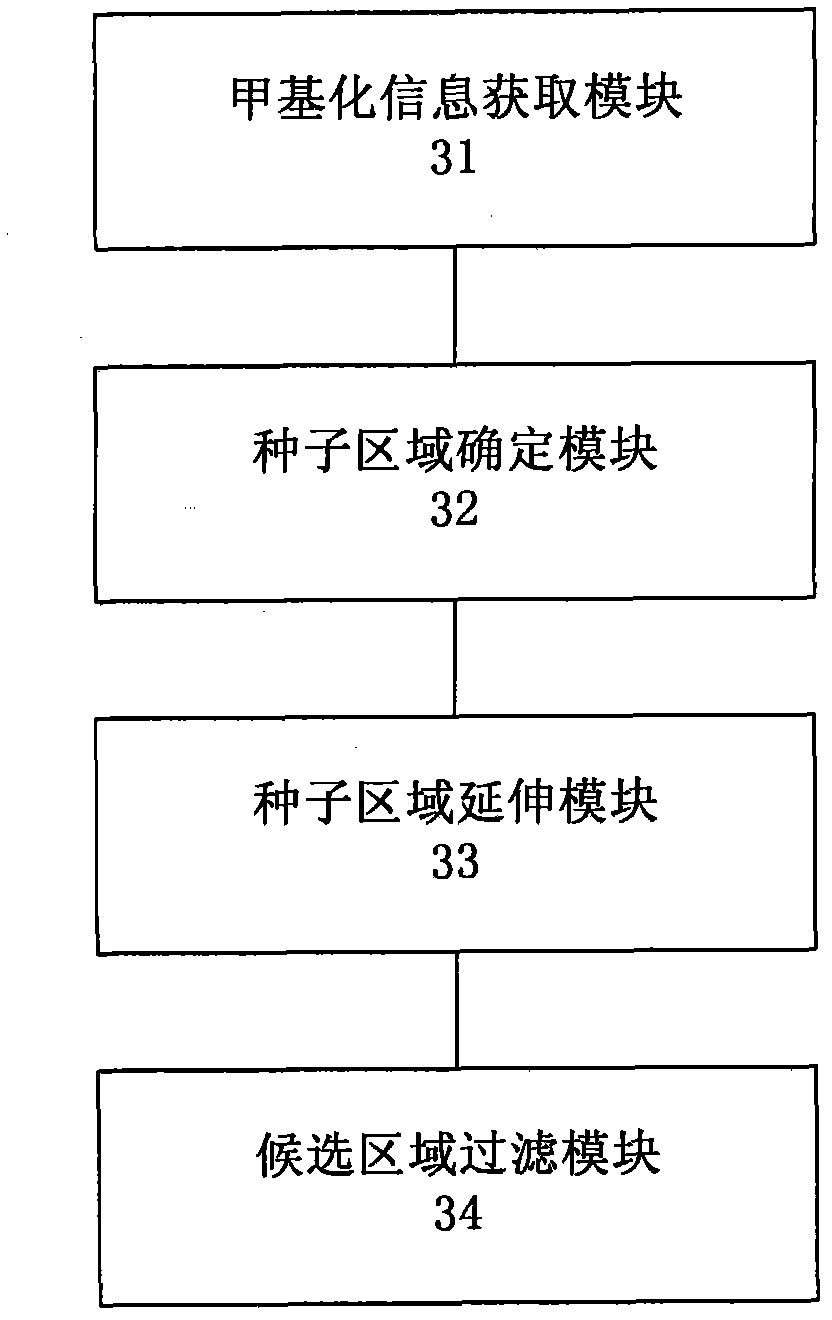Method and system for detecting tissue-specific differentially methylated region (tDMR)
A tissue-specific and detection method technology, applied in the field of genomics and bioinformatics, can solve the problems of low success rate, large error, and inability to analyze a large number of gene methylation, and achieve the effect of improving accuracy
- Summary
- Abstract
- Description
- Claims
- Application Information
AI Technical Summary
Problems solved by technology
Method used
Image
Examples
Embodiment Construction
[0044] The present invention will be described more fully hereinafter with reference to the accompanying drawings, in which exemplary embodiments of the invention are illustrated. In the drawings, the same reference numerals denote the same or similar components or elements.
[0045] figure 1 A flowchart showing an embodiment of the method for detecting tissue-specific differentially methylated regions of the present invention.
[0046] Such as figure 1As shown, in step 102, the methylation information of a single point on the whole genome of the sample is obtained by whole genome sequencing. For example, on the basis of the second-generation high-throughput whole-genome sequencing, the single-point methylation information of the sample on the whole genome is obtained by bisulfite-sequencing (reference [2]). After the processing in step 102, the following steps 104 to 108 are used to extract the differentially methylated regions of the two samples.
[0047] In step 104, th...
PUM
 Login to View More
Login to View More Abstract
Description
Claims
Application Information
 Login to View More
Login to View More - R&D
- Intellectual Property
- Life Sciences
- Materials
- Tech Scout
- Unparalleled Data Quality
- Higher Quality Content
- 60% Fewer Hallucinations
Browse by: Latest US Patents, China's latest patents, Technical Efficacy Thesaurus, Application Domain, Technology Topic, Popular Technical Reports.
© 2025 PatSnap. All rights reserved.Legal|Privacy policy|Modern Slavery Act Transparency Statement|Sitemap|About US| Contact US: help@patsnap.com



